When moving to Argentina for a yearlong exchange, I expected a bustling city like Buenos Aires or Córdoba. Instead, I landed in a humid little town up north, separated from the nearest city by fifty miles of palm trees. Little did I know this would make my experience all the more special. I got a unique chance to become part of a new culture, living the everyday Argentinian life like a local. These are 26 amazing aspects of that (small town) life.
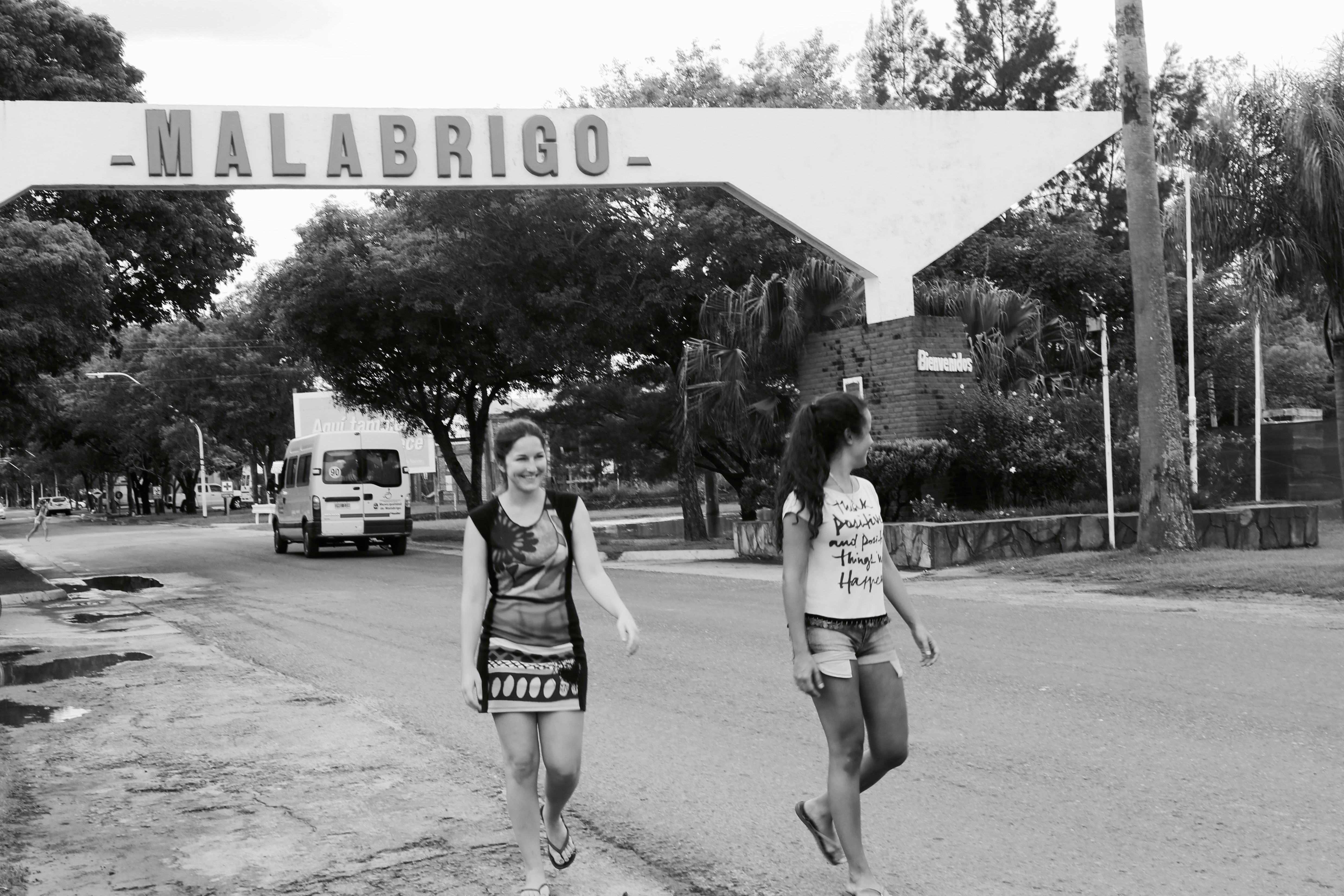
Asado
Argentinian meat is world-class, thanks to the abundance of grasslands or pampas. Asado is the mother of all meats. The Argentinian equivalent of a barbecue, it’s a ritual rather than a meal. An outside grill and a tv are equally important to most households in Argentina. People gather in parks, backyards and country getaways to cook a delicious feast dominated by prime beef. The appetizer consists of more meat, in the form of chorizo.

Bariloche
The highlight of high school in Argentina is the graduation trip to Bariloche. Every year, thousands of high school students from all over the country flock to this stunning town in Patagonia. Don’t expect one educational moment on this trip: it’s all about fun, brought to you by a team of entertainers. The daytime is filled with exciting outdoor activities. Each night comes with a themed party in a different club. To get to this week of endless fun, schools in northern Argentina travel for more than 48 hours by bus.

Cumbia
If there’s one music genre that can draw everyone to the dance floor, it must be cumbia. Cumbia is popular in most Latin American countries, but each one has its own style. Argentina has two main cumbia genres. Las Palmeras gave birth to cumbia santafesina, an uptempo and romantic sound. Cumbia villera is much slower, with lyrics that trigger a lot of *bleeps* in the US. It was shaped by Yerba Brava and Damas Gratis during the financial crisis in 2001, a time that didn’t give much reason to sound romantic.

Dia del Estudiante
The 21st of September is a glorious day in Argentina. Not only does it ring in six months of bikini weather, you also get the day off to enjoy it. That is, if you’re a high school student. They turn the first day of spring into a 24-hour party, which kicks off inside the school gates. The ultimate party accessory is a thermos, filled with anything alcoholic. The party continues the morning after: an asado is prepared, thermoses are refilled and the high school king and queen are chosen. Consolidation prices in the election include prettiest blonde, best hair and worst dressed.

El Campo
Argentina is part of the select club of countries that counts more cows than people. With a population density of just 14 people per square kilometer, that’s not hard to believe. Towns are separated by miles and miles of countryside or campo. Many families own a piece of land, where they keep horses or cattle. If any, amenities consist of no more than a covered shed with a grill. These modest country getaways host numerous weekend asados and parties.

Fernet
Fernet is Argentina’s adopted Italian child. Three quarters of all production of this Italian aromatic liquor is consumed in Argentina. It is served as a long drink with coke and lots of ice. At social events, one big cup is prepared and passed round among friends. Fernet is everywhere in Argentina, from an asado in the park to a cold winter night at home and a party in the club. There are several brands, but only one is socially accepted: Fernet Branca.

Glaciers
Los Glaciares is a stunning national park in Patagonia, South America’s southern tip. Thirty percent of this UNESCO world heritage site is covered by ice. The most famous chunk is Perito Moreno, an enormous glacier of 250 square kilometers. A hike on the imposing glacier is topped off with a memorable whisky, poured over glacier ice.

Homemade cooking
The key word in Argentinian cooking is casera or homemade. In a small Argentinian town up North, everything is prepared from scratch. From stews that simmer on the stove for hours to hand-rolled gnocci and homemade birthday cakes; no effort is spared when it comes to cooking. If you’re not the cooking type, there are many housewives to turn to. They sell empanadas, fresh pasta or pastries from their kitchen window.

Iguazú National Park
Argentina’s natural beauty is abundant and extreme. Between the tropical North and the arctic South awaits a plethora of natural treasures. The jewel of the North is Iguazú National Park, a collection of spectacular waterfalls on the border of Argentina and Brazil. The surrounding subtropical rainforest houses jaguars, tucans and tapirs. Several trails lead to breathtaking views, each from a different perspective. More info on planning a perfect day in Iguazú National Park here.

Joda
It’s no secret that Latin Americans know how to party. Argentina is no different: joda or party is one of the first Spanish words I learned on my AFS exchange. Themed parties are very popular, from costume and foam parties to bring-your-cooler nights. To partake in all the joda, you better be a true night owl. Parties don’t start until 2 AM, and it’s not until 4 AM that the big crowds arrive. It goes without saying that joda lasts until the sun rises.

Kiosko
Every other street in Argentina holds a kiosko. These small shops are open late and sell snacks, alcohol and other stuff you might need in the middle of the night. Summer nights are for sharing a beer with friends outside of a kiosk, in the park or just on the sidewalk. Be prepared to be eaten alive by mosquitos if there’s no Argentinian blood running through your veins.

La Selección
Although they are the first to criticize Messi and co., Argentinians remain crazy about La Selección. That was no different in 2010, the year of vuvuzelas and the world cup in South Africa. The months previous to the tournament saw countless squad-themed parties; the aftermath was notably shorter. When they are not united by La Selección, Argentinians can be roughly divided into two camps: Boca Juniors and River Plate. There is not a family in the country that doesn’t have an opinion when it comes to soccer.

Moto
Young and old use motorcycles to quickly get around town. The Chevy pickups and sedans are kept for drives to the countryside or the city; for errands within town, the motorcycle is king. A lot of girls get one for their fifteenth birthday or quinceañera, which is then used by the whole family. The motorcycle is also the only accepted means of transport to any party, assuring some memorable scenes.

Naranjas
Argentina is one of the largest citrus-producing countries in the world. In the northeast, fruit plantations are dominated by naranjas. Oranges are about as exotic as it gets; all produce is strictly local and entirely dependent on the season. A small town in Argentina giving us a lesson in sustainability.

Ómnibus
The bus is the preferred means of transport for long-distance travel in the country. Even the smallest towns have a bus stop, connecting them to an expansive Ómnibus network. Traveling from northern Argentina to the glaciers of Patagonia entails a 48-hour bus ride – one way! South of hub Neuquén, the end of the world officially starts. Central Patagonia is dominated by plains, with no sign of life in sight. To make the long trips more comfortable, busses offer seats ranging from partly (semicama) to fully reclinable (cama), restrooms, video systems and breakfast.
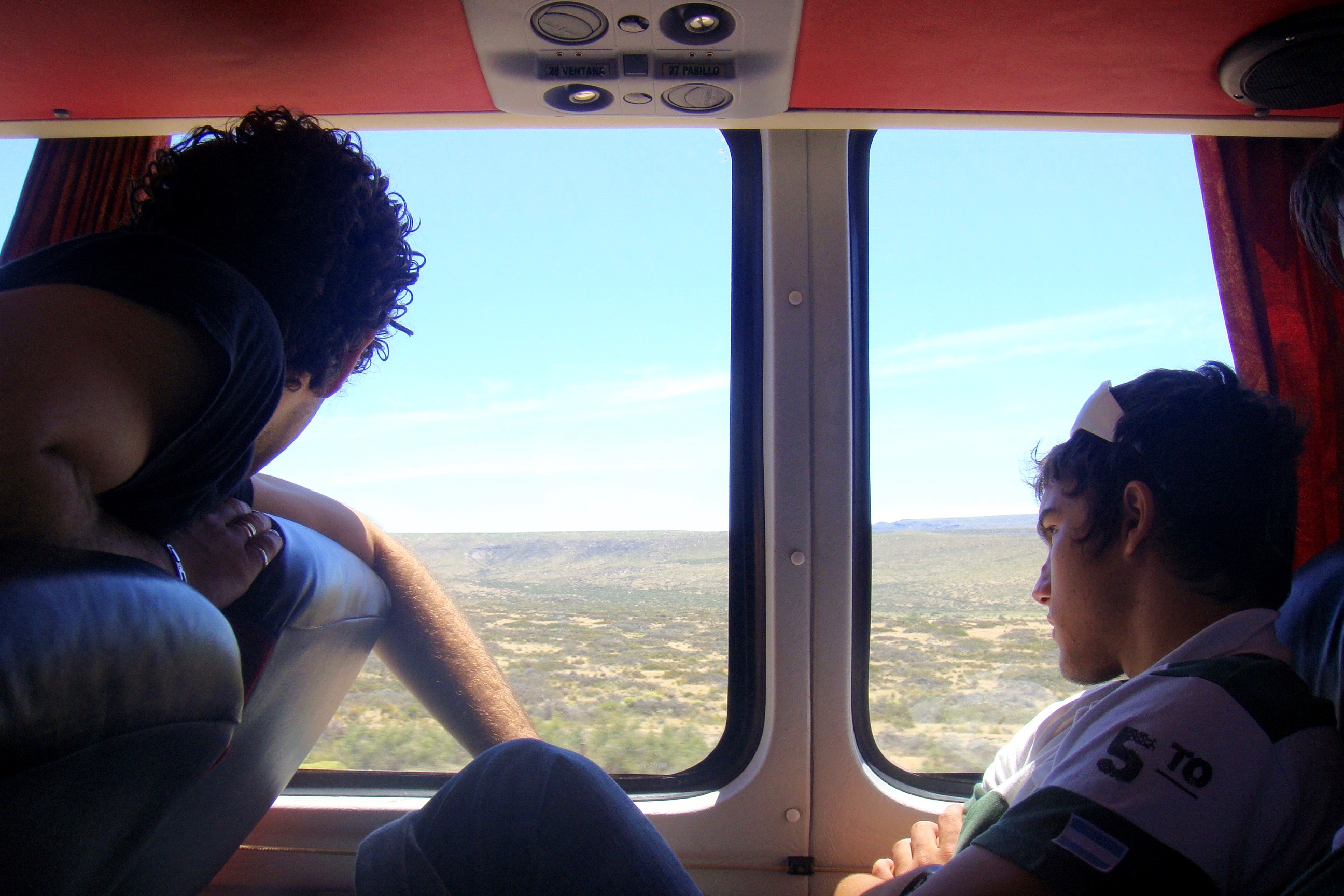
Paraná river
With the nearest ocean several hundred miles away, rio Paraná is the main source of water fun in northern Argentina. A type of fun that is much needed in the hot and humid summer months. From fishing trips to floating and lazy afternoons on the river bank, the yellow stream serves many purposes. Rio Paraná is frequented by capuchin monkeys and alligators, but that doesn’t stop anyone from taking a refreshing dip.

Quinto
Every teenager in Argentina looks forward to quinto, the fifth and final year of high school. Not with the same motive as Belgian adolescents, who can’t get out of high school fast enough. In Argentina, quinto stands for an epic year with your best friends, topped off with a trip to Bariloche. In order to pay for this trip, countless parties are organized throughout the year. Each graduating class or Promoción designs a T-shirt, which becomes part of the school uniform. Imagine riding into the first day of school on a trailer, after partying the whole night. Welcome to Argentina.

Recepción
When I started school in August, the topic of the day was THE DRESS. Four months later, all quinto students would wave high school goodbye with La Recepción. Although similar to an American high school prom, there are notable differences. All graduates get assigned a large table, which they can fill up with friends and family. Everybody feels like prom king or queen when they walk a round of honor alongside mom or dad. The dress is made by one of the many seamstresses in town, based on a model in a prom dress catalogue. And of course, La Recepción lasts until the sun comes up.
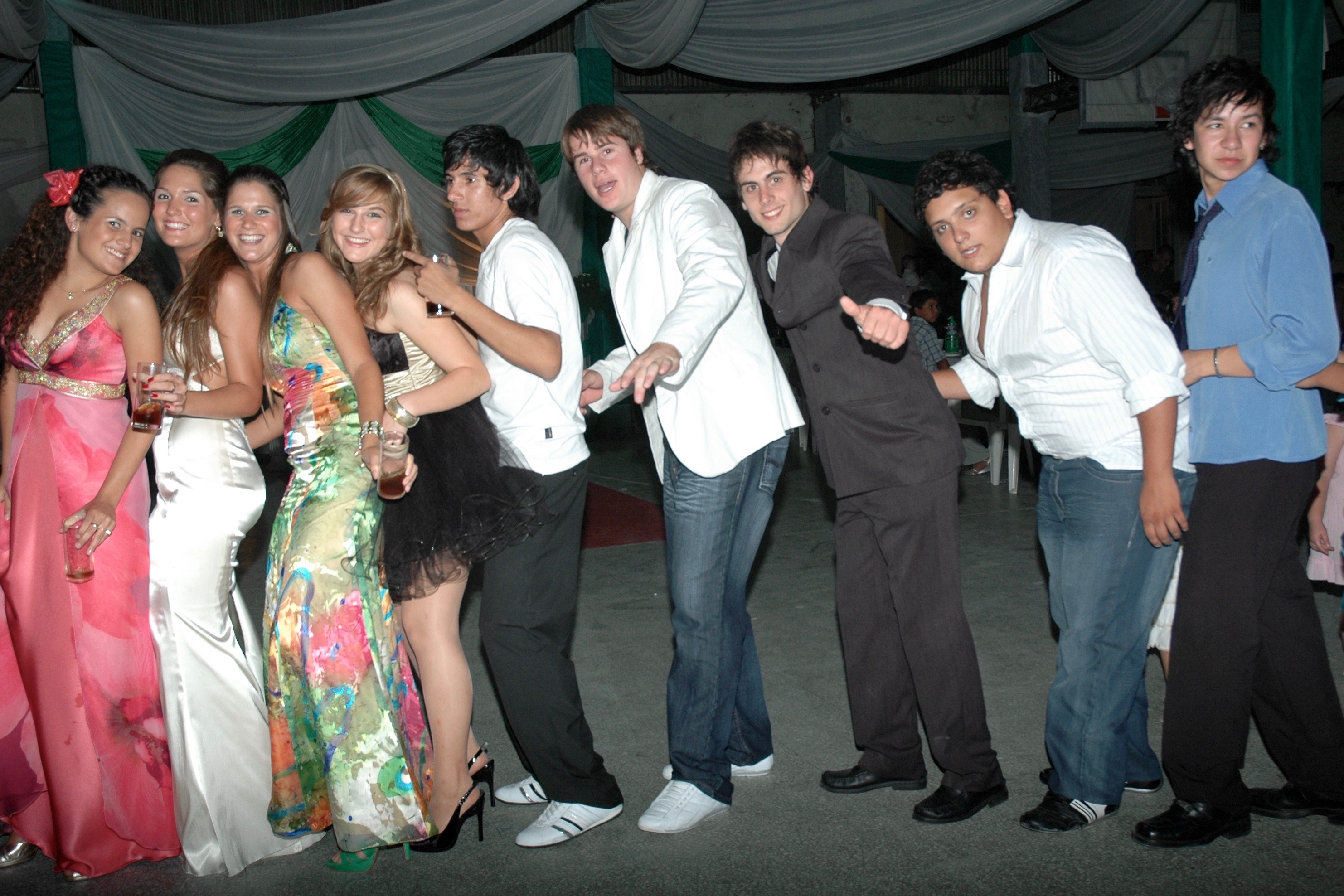
Siesta
The siesta is essential to make it through summer, in a town where AC is reserved for the lucky few. By 7 AM, classes have started and shops opened up, only to close down for at least four hours at noon. What follows is almuerzo, Argentina’s most important meal. One-pot stew guiso is traditionally a winter favorite, but occasionally pops up on the summer menu. The heavy lunch gives you a head start on the heat, kickstarting the siesta.

Tortas fritas
Nothing like waking up to the sound of the rain, knowing that you can stay in bed. That is all the more true in Malabrigo, where school is cancelled when it rains. This curious rule stems from the dirt roads on the outskirts of town, which make the commute impossible for some kids. And the rain keeps on giving. Tortas fritas are a type of pastry exclusively reserved for rainy days. The homemade dough is fried and served with mate.

Underwater
The tropical climate in northeastern Argentina comes with heavy rainfall and thunderstorms. At least once a year, a period of consecutive rain plunges part of town underwater. Kids and teenagers consider this an acceptable form of refreshment, taking out kayaks or diving in altogether.
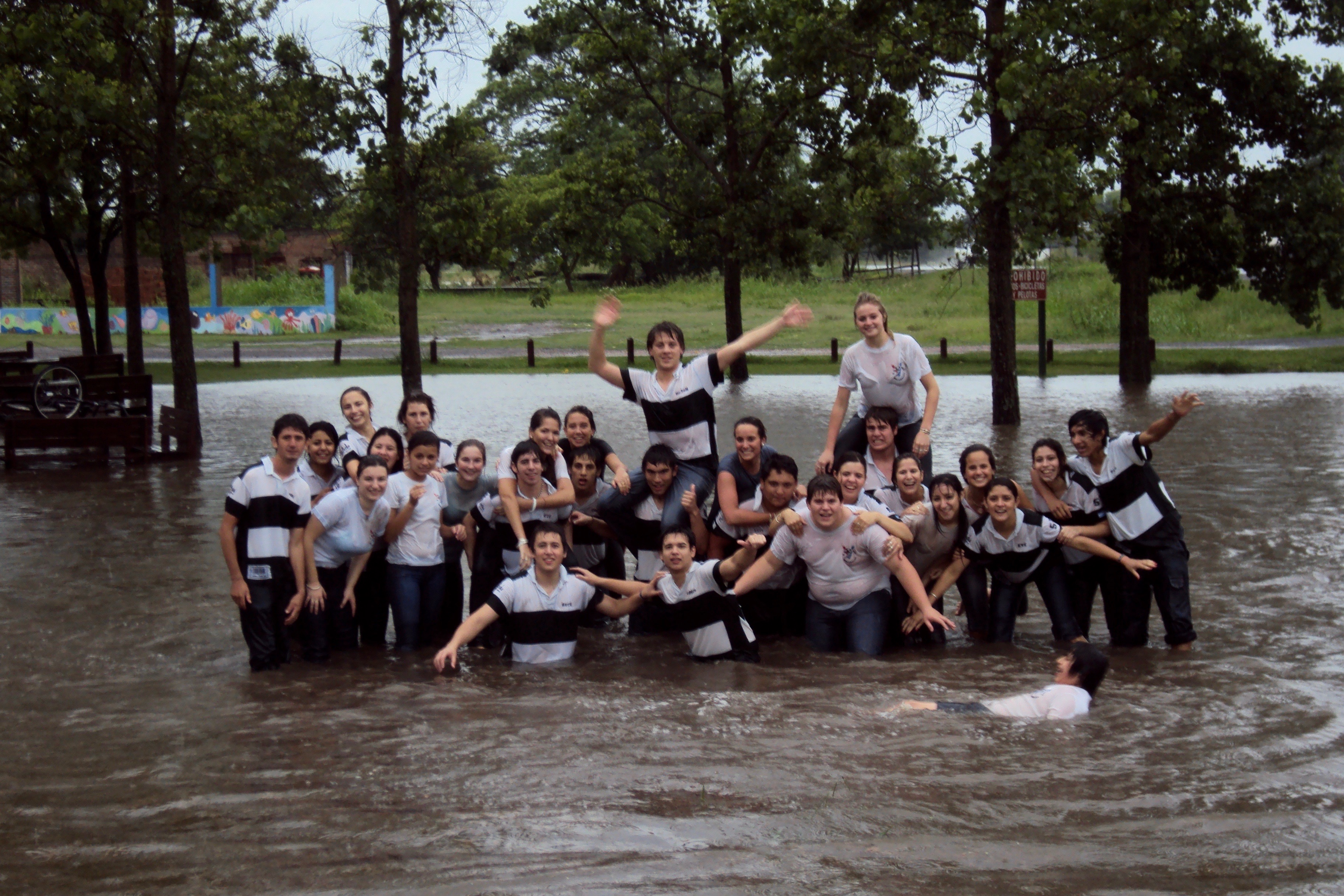
Vino Toro
Argentina is a wine lover’s paradise, with many regions producing delicious and affordable wines. Add to that the beautiful surroundings of Mendoza vineyards, and every wine lover should be sold. Although the country is internationally praised for its wines, locals have a different take on wine culture. Wine is served in any way but the traditional one, often mixed with a lot of ice and sparkling water, sprite or coke. The number one brand used for these interesting combinations is vino Toro, sold in one-liter boxes in every kiosko.

Warm welcome
The way I was welcomed into my new home could only happen in a small town south of the equator. My future classmates and family had been counting down the days until the Belgian girl would arrive. The first day of Argentinian high school went down as the most memorable day in my school history. Over forty students had prepared banners, cakes, dances and tons of questions for a girl that couldn’t even speak Spanish. That would soon enough change, thanks to the interest that everybody took in me.

X-Mas
Nochebuena in Argentina comes with several traditions that set it apart from a cold European Christmas Eve. It is is celebrated outside, in search of a welcome breeze during the hottest time of year. On the menu is a classic parillada, possibly accompanied by a festive dish like lechón – a suckling pig roasted whole. Fireworks and paper lanters or globos are lit on the front porch. After a toast with champagne or Ananá Fizz, youngsters prepare for a long and hot night in the club. The most remarkable tradition of all? Ladies are gifted pink underwear by their (grand)mothers, to wear on Christmas Eve as a token of good luck.

Yerba Mate
Forget fernet and wine: mate is Argentina’s signature drink. The leaves of the yerba mate plant are dried, chopped up and sold in packages ranging from one to ten kilograms. Mate can be served two ways. Hot, with a hint of sugar for novice drinkers, children or those with a sweet tooth. Or cold, with ice and juice, also known as terere. One cup or matero with one metal straw or bombilla is passed around a group of friends, family or even strangers. A designated server is tasked with pouring the water, adding sugar and handing out the matero to the next in line. Mate can be consumed any time of day, though mornings and post-siesta are most common – consider it a sharable version of coffee.

Zapatos
Argentinian ladies like to dress up when going out, with high heels as an indispensable accessory. A big contrast with Belgian teenagers, who designate their oldest pair of sneakers as party shoes. My first pair of high heels soon turned into an impressive collection, sustained by weekly trips to the shoe store. Many years later, I still beat my Belgian girlfriends when it comes to riding out the night in high heels.
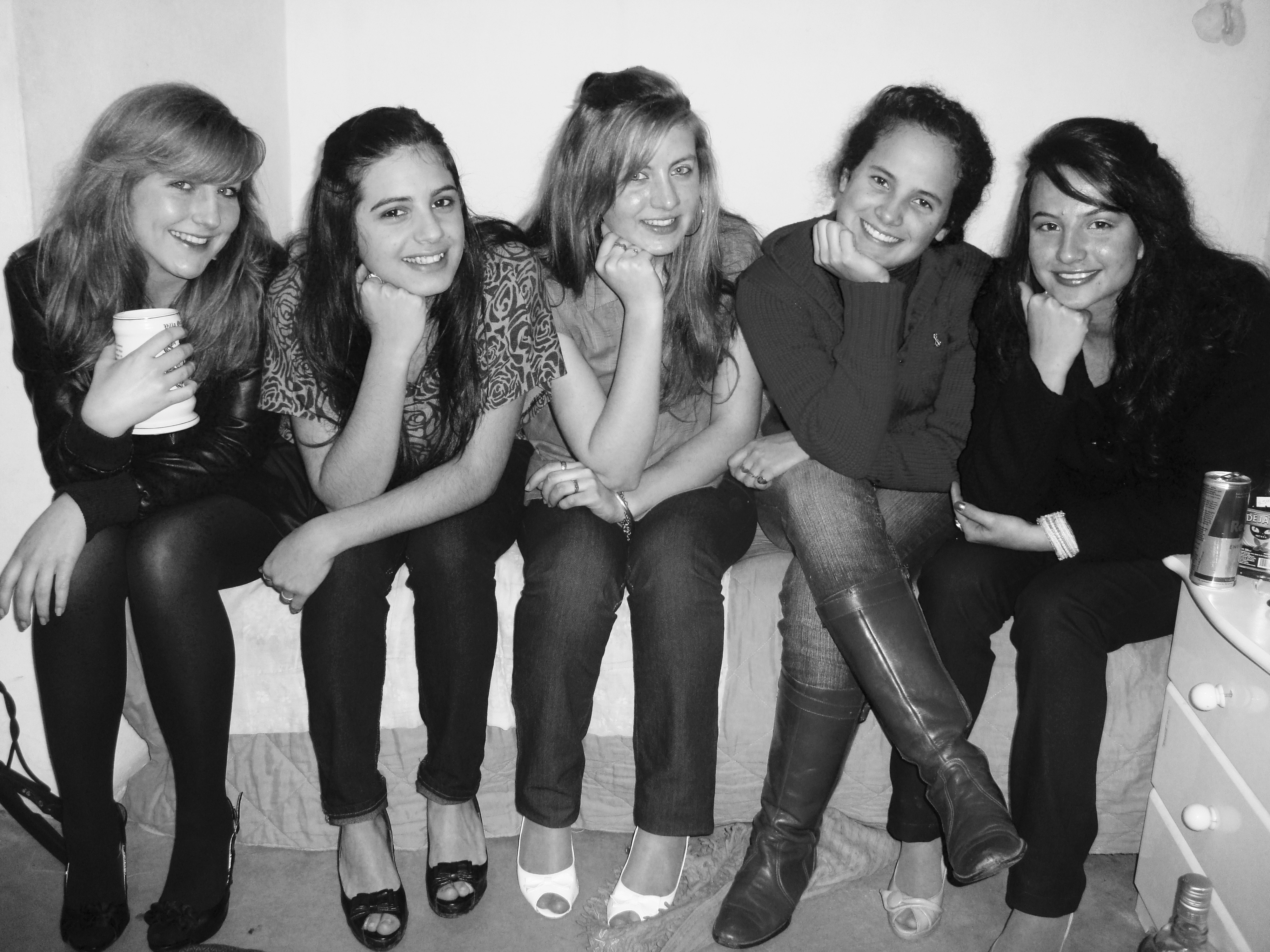


Leave a comment